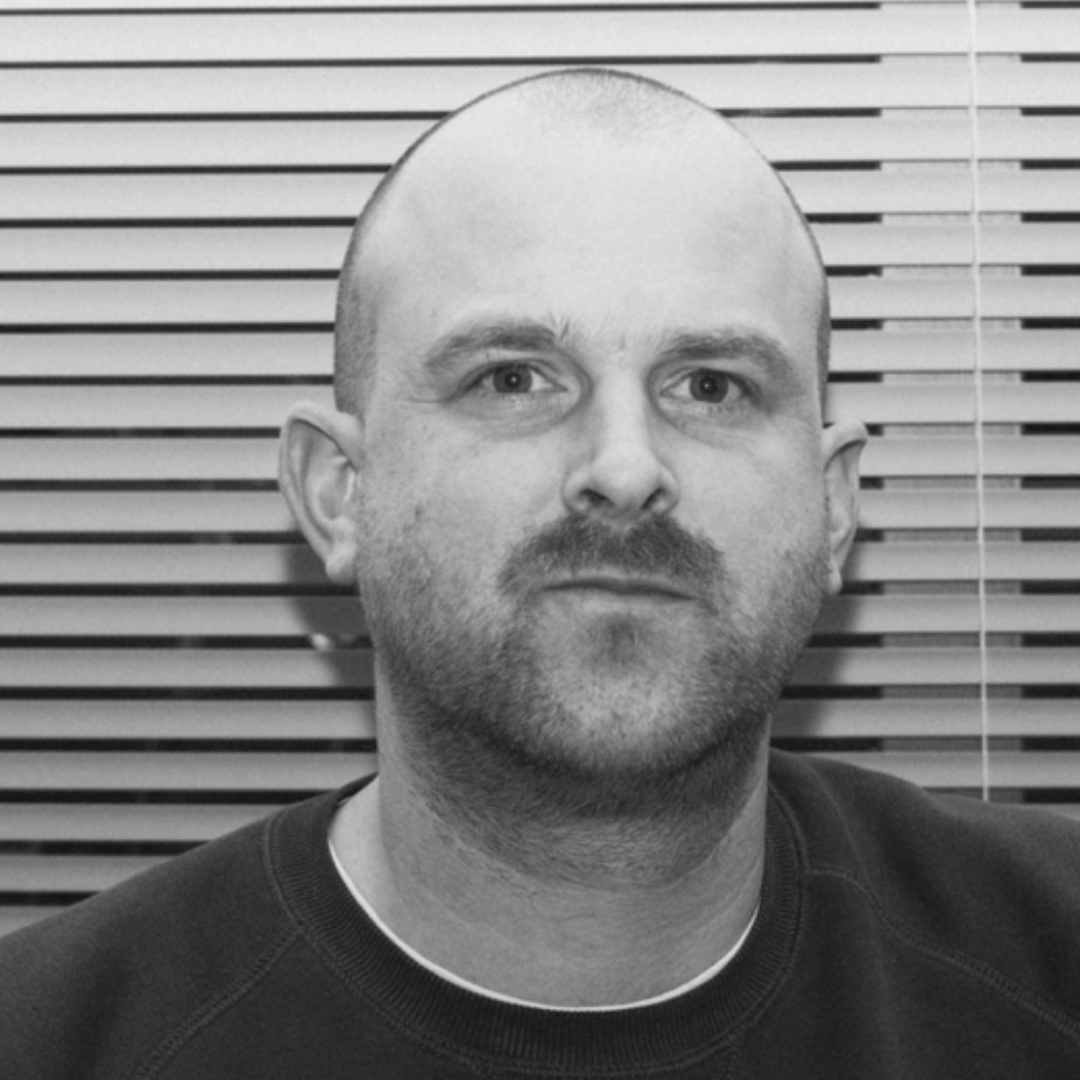The set and lighting design for ATMEN is in the hands of scenographer Julian Maiwald. Julian studied Theatre Technology at the Theaterschool in Amsterdam and has 22 years of experience in theater productions. He previously designed the set for Nicole Beutler's performance, 8: Metamorphosis.
This interview unveils more details about the set of ATMEN.
Can you provide us with a brief preview of the set design for ATMEN?
At ATMEN, the audience will encounter the theater in the year 2200, after it has lost its function and nature has gradually taken over. Trees will grow from the orchestra pit, and occasional beams of light will give the impression of holes in the ceiling. With my set design, I must convey this 'biotope' in a credible manner. Through the use of light, wind, and smoke, the space will literally come alive.
The audience should feel that the theater has gone through various phases over time. For example, parts of the balconies may be covered with plastic to protect against leakage. The spectator will not witness a rehearsed performance but will step into a living world where various events unfold. It's as if they are visiting a nature park or an active volcano. The world lives its own life and is unpredictable: you never know when the volcano will erupt.
Where do you draw your inspiration from?
I find that there are plenty of stimuli around me. I often observe my surroundings during bike rides or walks. Sometimes, in nature, you come across a scene where, at first glance, nothing seems to be happening. However, if you look longer, you'll notice that, however slow or small, there are always things alive and moving. Additionally, I am greatly inspired by images, whether they are fantastical or real, of overgrown and abandoned places, such as photos from Chernobyl or deserted cities in America.
What do you consider the biggest challenge?
In most performances, the set and lighting adapt to the performance. However, with ATMEN, the sequence of impulses is reversed: the performers react and relate to the environment, my set. In my design, it is crucial that the set provides sufficient impulses to the performers.
What is your personal relationship with the subject of ATMEN?
It is essential that our theater sector takes responsibility for the issue of the future of our planet and addresses it in all its facets. We are currently mapping out a potential future scenario that is not so black and white. When discussions about climate change arise, you often hear two extremes—either climate change doesn't exist, or various doomsday scenarios are discussed. I believe ATMEN invites a more nuanced way of thinking and perhaps different types of conversations. I find it to be a beautiful way to engage with the subject, not in an activist manner but rather through imagination."
How climate-neutral is your set design?
With set design, that's always a complex question. You use materials, your equipment consumes electricity, and the set needs to be transported from one theater to another by truck. Making this entire process completely climate-neutral is not yet feasible. However, I do make a conscious effort. I reuse a lot of materials, utilize items available in-house at Nicole Beutler Projects, and borrow pieces from Opera Ballet Vlaanderen. With the same materials, I can create 100 different things. It's not necessary for me to start from scratch with every performance.

